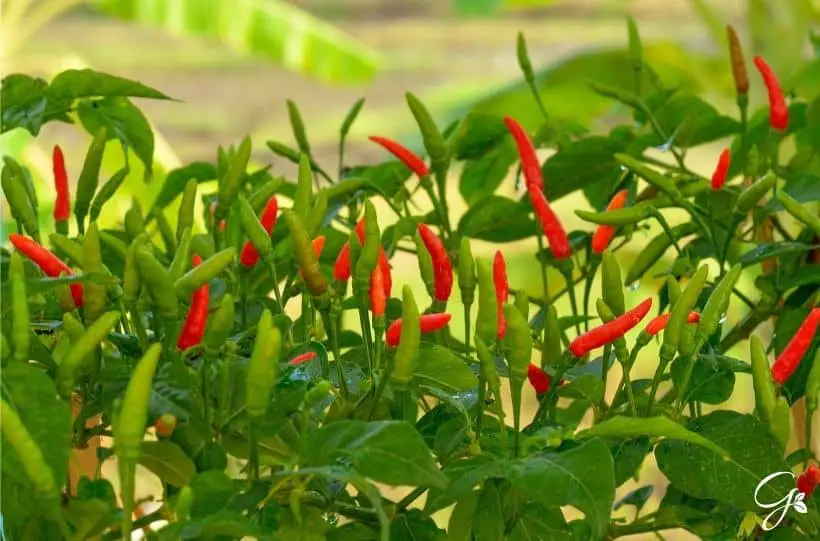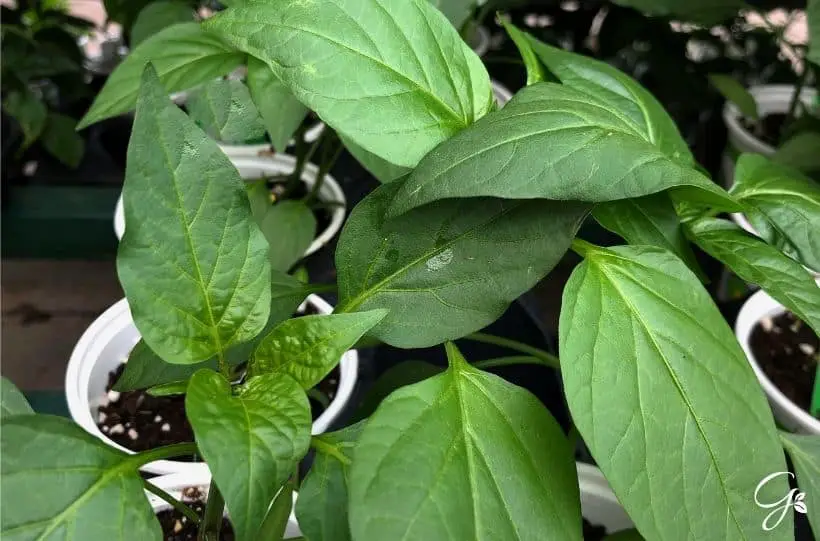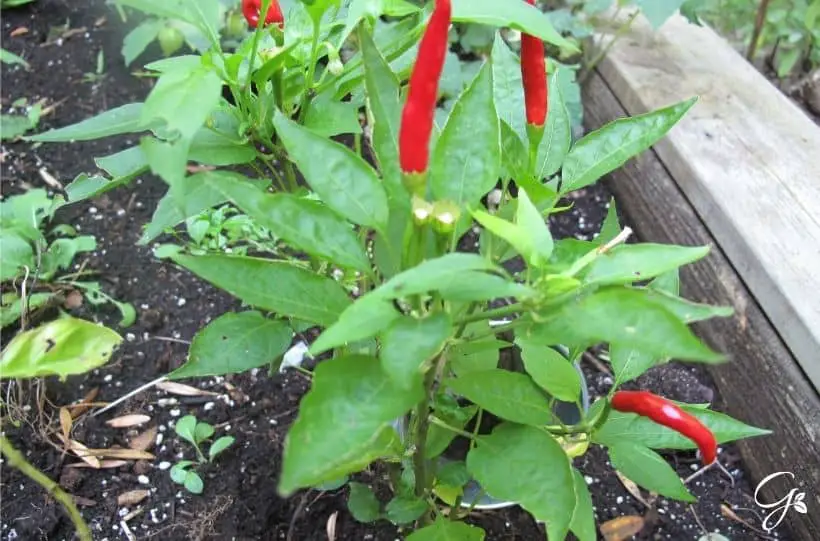How to Grow The Best Hot Peppers
Hot peppers are a valuable asset to your home garden and can be an amazing way to add flavor and depth to your family’s meals.
There are hundreds of amazing heirloom hot pepper varieties you can choose from to add a pop of interest to your garden and your table.
This year you can grow the best hot peppers at home in your garden.

The best hot pepper varieties
Growing hot peppers is a great way to add flavor to your meals. Hot peppers can be used to add flavor to your favorite ethnic dishes, spice up the blandest meals, and can even be an asset in helping to protect your garden from pests like deer and rabbits.
When you choose to grow hot peppers I recommend you choose a few great varieties to help give you more options in your cooking.
By growing more than one option in your garden you open yourself up to more variety in your diet.
Classic hot peppers like jalapenos make a great addition to your garden and can be used to really kick up the flavor in everything from cowboy jelly to salsa.
Cayenne peppers are used for almost everything from chili to adding some kick to pasta or rice. This pepper is even valuable in the garden for helping to control pests.
If you like to kick the heat up a notch in your cooking you will love hot varieties like Carolina Reapers, currently known as the hottest pepper in the world, which can really heat up a dish with even just a little bit.
If you would like something with a kick Trinidad Scorpion Pepper has just over half the intensity of the Carolina Reaper.
Try a decorative pepper. If you are looking for a way to grow edible food in your garden beds you can hide food by growing ornamental varieties.
Hot peppers have many fun, colorful, and even interesting-shaped peppers that can add a pop of color and interest to your garden.
Starting hot pepper plants
Starting hot pepper plants is truly one of the biggest challenges you will face when growing hot peppers at home. The good news is that you can pick up live plants for the most popular varieties of hot peppers at the local nursery.

Hot pepper seeds can take longer to germinate and you may want to start them a bit sooner than mild pepper varieties. Start your seeds indoors 8 to 10 weeks before the last frost. Be patient and expect germination to take up to a month, occasionally longer to sprout.
When starting pepper plants inside keep in mind that the plants need to be kept warmer than other plants including mild pepper varieties. Make sure to place your seeds where they will be warmer to encourage them to grow.
To start pepper seeds you need to soak them. While many seeds do not need to be soaked to begin the germination, skipping this step can negatively affect your germination rate. Soak your seeds overnight in clean warm water. Distilled water without contaminants will do best.
Move your pre-soaked seeds to your germination trays and cover the tray with some plastic. This will help to trap the heat inside to encourage germination. Place your seedlings in a hot place such as near a heater vent, on top of the refrigerator, or use a heat mat to maintain the heat to encourage a faster germination rate.
After your pepper seeds have sprouted you can then remove the extra plastic to allow the plants some room to breathe. In the early days, you can cover your sprouts with a plastic lid to trap in heat to encourage more growth. Make sure to give your peppers time to dry a bit between waterings to prevent mold growth.
If there is a pepper you really like from the local market and even the grocery store you can save the seeds in the effort to propagate new plants. Peppers tend to have a lower propagation rate than most modern seeds. These peppers can be a great way to get free seeds to start our garden.
Tips for growing great hot peppers
One thing that you need to be mindful of is that the flavor of your peppers can be affected in the same way as the flavor of fresh herbs in your garden. You want to avoid causing extra growth at the end of your growing season before harvest. Adding in too much water or fertilizer at that point can encourage your plants to put more energy into new growth and less energy into making flavorful hot peppers.
Like tomatoes, peppers need a lot of nutrition to thrive. If you want to prevent issues with blossom end rot you need to ensure that your pepper plants have enough calcium in the soil and enough acidity to make it easy to absorb the nutrients you need.
You can move your hot peppers outdoors for hardening off during the day after the last frost has passed.

You can safely plant them outdoors in the garden after the days have started to reach the low to mid-70s and the nights are constantly over 60. If you move them outside before this, consider using hoop houses to trap in heat.
Harvesting hot peppers
You should be careful when harvesting hot peppers. You do not want to cut the pepper while harvesting and if you do by accident you ideally want to have gloves on, to eliminate the chance you will rub your eyes with the juice and oils released from your pepper plants.
The hotness of the peppers you are harvesting is directly correlated to the color of the pepper. As peppers become riper and turn red they will take on more and more heat.
If you want a less spicy option you can harvest your hot peppers a bit early with good results. For the best results, you should check your peppers daily to find that perfect stage of ripeness you prefer but catch your peppers before they begin to rot.
If you want more info on growing various peppers, be sure to check out these:

